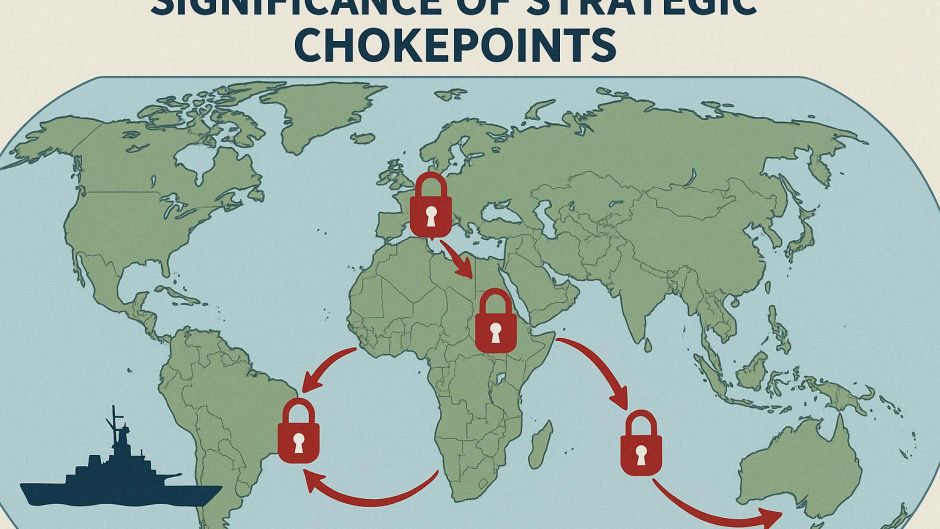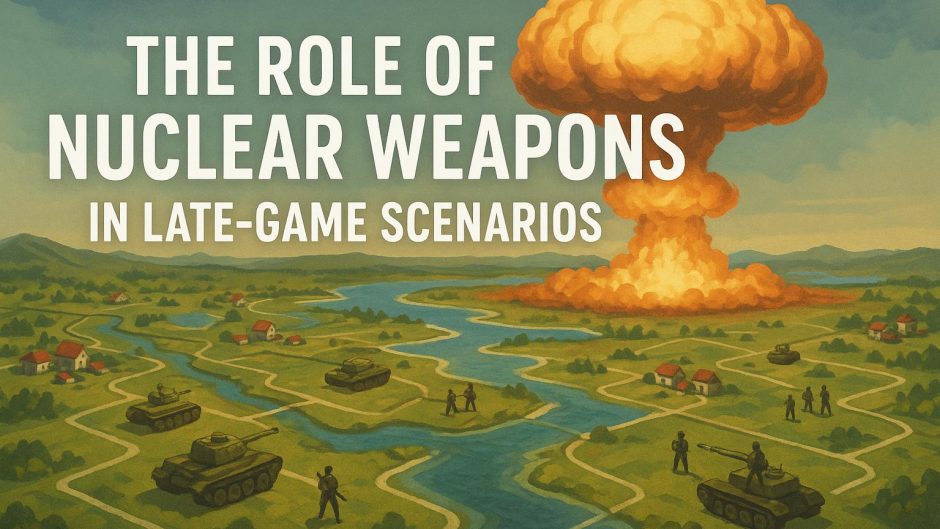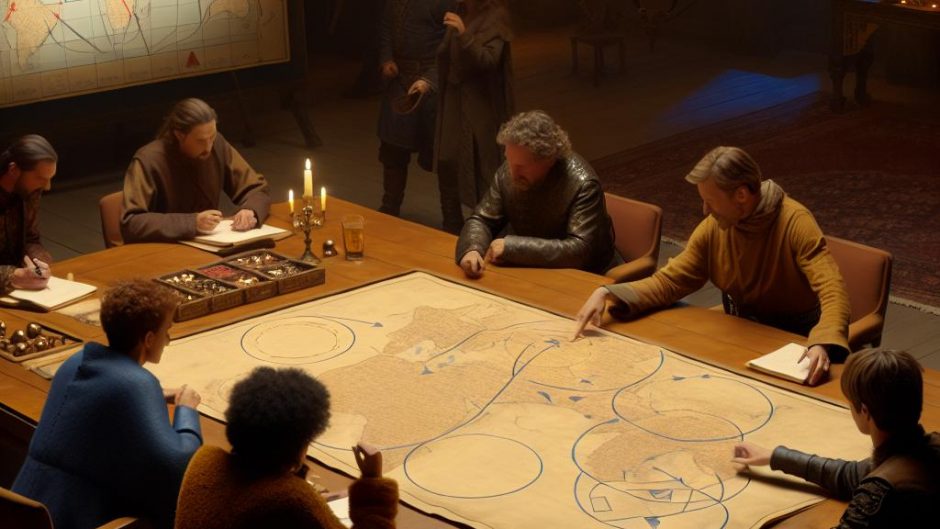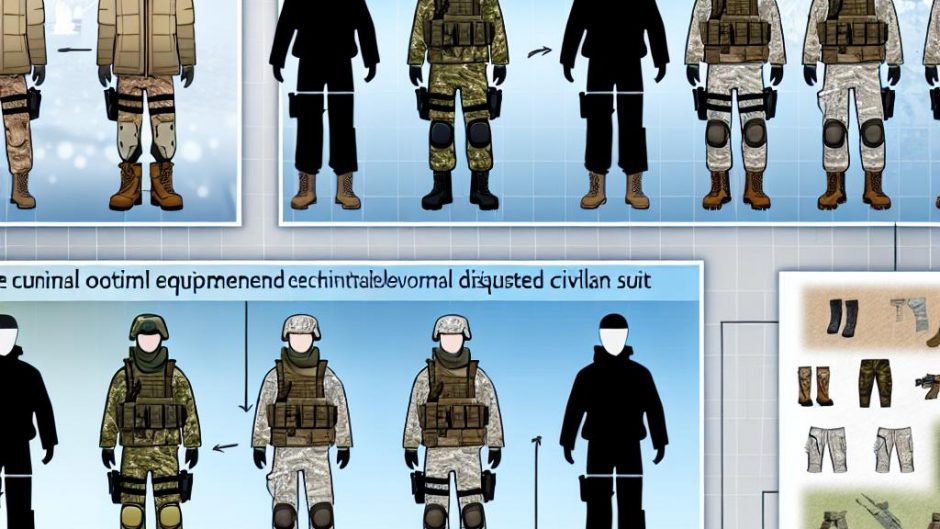The Strategic Importance of Chokepoints
The world’s geography is punctuated with strategic chokepoints that hold significant value in global trade, military strategy, and international relations. These narrow passages, whether land corridors or sea lanes, have been pivotal through history, shaping the economic and political landscapes of nations.
Maritime Chokepoints
Maritime chokepoints are vital because they serve as gateways for the flow of global trade. A significant portion of the world’s oil and other goods passes through these narrow sea routes, making them crucial for economic stability. The Strait of Hormuz, for instance, is one of the world’s most strategically important chokepoints. Located between Oman and Iran, it is a vital artery for the transport of approximately 20% of the global oil supply. This makes it not just a geographical landmark but a cornerstone of energy logistics. The geopolitical importance of the Strait of Hormuz is also heightened by the complex political dynamics of the surrounding region, with various nations seeking to maintain influence over its passage.
Similarly, the Strait of Malacca, lying between the Malay Peninsula and the Indonesian island of Sumatra, is another integral passage, connecting the Indian Ocean to the Pacific. It is one of the busiest maritime lanes, with thousands of ships passing through annually, carrying a substantial part of the world’s trade volumes. The strategic value of the Strait of Malacca is underscored by its role in global shipping routes, serving as a key link in the transportation chain that connects Asian manufacturers with markets in the West.
Military Significance
The control of strategic chokepoints is often essential for military purposes. These narrow passages allow for the monitoring and regulation of ship movements, giving a commanding nation tactical advantages. During conflicts, controlling such areas can significantly impact the logistical capabilities of an opposing force. The Suez Canal, linking the Mediterranean Sea to the Red Sea, has historically been a focal point during military confrontations due to its significance as a shortcut for naval and military deployments. The strategic advantages of having access to or control over the Suez Canal are evident in various historical incidents, where its possession or disruption was at the center of conflicts.
Historical Context
Throughout history, control over strategic chokepoints has often resulted in power shifts. Empires and nations have vied for dominance over these areas to ensure economic prosperity and military superiority. For instance, the control of the Gibraltar Strait has played a crucial role throughout history, particularly in terms of naval dominance. The British control over the Gibraltar Strait has been instrumental in monitoring naval traffic into and out of the Mediterranean, providing a tactical advantage in terms of military operations and trade.
In the colonial era, strategic chokepoints were often at the heart of territorial disputes. Nations with access to these critical passages could impose tariffs or restrict access for their rivals, thereby exerting economic and logistical pressure. This was evident in the competition for key maritime lanes among European powers during the 18th and 19th centuries, where the construction and control of lighthouses and naval installations were directly linked to maintaining influence over chokepoints.
Economic Implications
Beyond their military importance, chokepoints have profound economic implications. The efficient functioning of global supply chains is frequently dependent on these corridors. Disruptions due to conflicts or blockades can lead to significant delays and increased shipping costs. For example, any impediment in the Suez Canal might force vessels to take the much longer route around Africa’s Cape of Good Hope, leading to increased transit times and shipping costs. This is not only a matter of time but also a question of significant additional fuel expenses and operational costs that can affect shipping companies and ultimately, consumers worldwide.
The economic impact of chokepoints extends to markets and commodities. A blockage in these strategic passages can lead to supply shortages and fluctuations in commodity prices, affecting everything from oil to consumer goods. This was evident in situations where the transportation of crude oil was restricted, leading to spikes in global oil prices, which had a domino effect on the cost of goods and inflation rates in various countries.
Furthermore, chokepoints serve as vital nodes in the supply chain logistics of modern economies, underscoring the importance of investing in their security and infrastructure. For many nations, ensuring the free flow of goods through these passages is a matter of national security, warranting collaborative international efforts to keep them operational and secure from various threats.
Chokepoint Challenges
Despite their importance, chokepoints come with substantial challenges. Geopolitical tensions can lead to crises, impacting global supply chains. Furthermore, these areas are prone to environmental hazards and piracy threats, adding more layers of complexity to their management. The navigation through such tight and congested spaces requires highly skilled personnel and constant vigilance. The risk of accidents, such as collisions and groundings, pose hazards not only to the ships involved but also to the surrounding marine environment and local communities.
Security is another critical issue facing chokepoints. Piracy remains a significant concern in several of these areas, with pirates targeting ships for ransom or cargo. This necessitates continuous patrolling and surveillance by local and international naval forces to maintain safe passage.
Environmental considerations also play a crucial role, with the potential for ecological damage from oil spills or maritime accidents posing significant risks. The balance between maintaining open trade routes and protecting the natural ecosystem is a delicate one, often involving international treaties and agreements for the sustainable management of these key regions.
Additionally, political stability surrounding these chokepoints is essential. Political shifts or regime changes can lead to alterations in policies affecting the passage of goods, with subsequent consequences for global markets. Therefore, diplomatic engagement and international cooperation are crucial in maintaining the security and functionality of these strategic routes.
Conclusion
In summary, strategic chokepoints play a crucial role in shaping global dynamics. Their significance extends beyond mere physical passages, embedding them deeply into the fabric of international trade, security, and diplomacy. Understanding the intricate roles these chokepoints play is essential for grasping the nuances of global interactions in today’s interconnected world. From historical power struggles to modern-day trade and security strategies, the importance of these passages cannot be overstated. Their influence on economies, military strategies, and international relations makes them critical focal points in the ongoing narrative of global interconnectedness and interdependence. Maintaining their security and accessibility remains imperative for the stability and prosperity of the global community.












Recent Comments